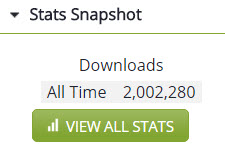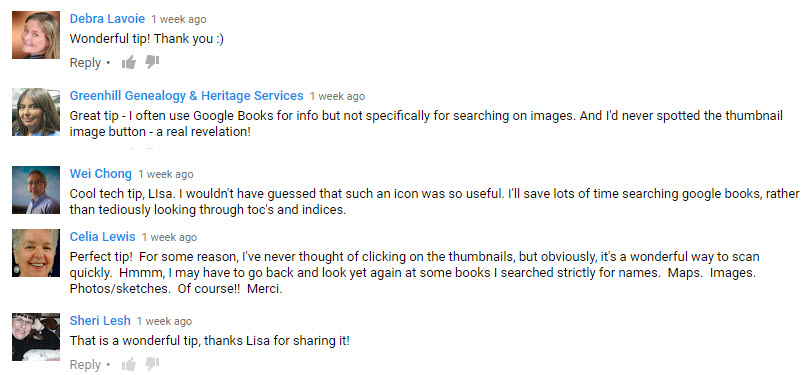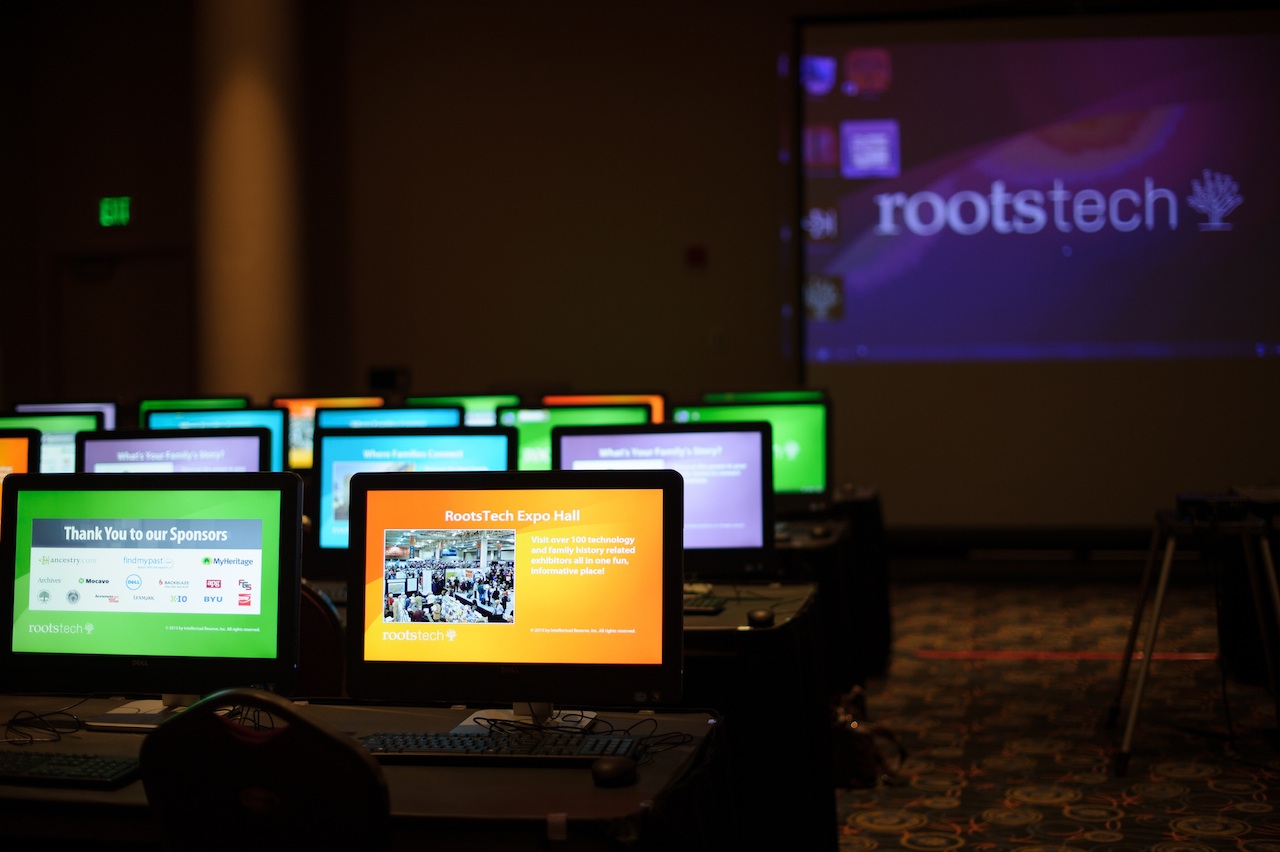How to Write and Self Publish Your Family History Book with Author J.M. Phillips
If you’ve been wondering how to write and self-publish a book about your family history, my guest in this week’s free webinar has answers for you!
Amazon Link to Buy the Book
Click here to buy the book. (Thank you for using this link which helps make this free show possible.) J.M. Phillips is the author of the new book Lamlash Street, A Portrait of 1960’s Post-War London Through One Family’s Story available at Amazon in paperback or Kindle.
Elevenses with Lisa Episode 50
Join me on Thursday, April 1, 2021 at 11:00 am CENTRAL TIME for the live premiere of my interview with J.M. Phillips. I’ll be joining you live in the chat as watch together at the Genealogy Gems YouTube channel.
In this episode author J.M. Phillips shares:
- How to be a great family history storyteller
- Her favorite writing techniques that help create a compelling story
- What she learned about self-publishing (and what you need to know)
- Her experience living on and writing about Lamlash Street
My Guest: Author J.M Phillips
Jill Phillips is a family storyteller with a passion to inspire families to connect through the telling of their past. She started life on Lamlash Street in London, emigrated to Canada, where she obtained her master’s degree, and spent 30 years working as an Occupational Therapist and Hospital Manager. Motivated by her family’s experiences in 1960’s London, Jill shares their stories to celebrate a time of close family connections in difficult life situations and a way of life which is fondly remembered.
About the Book Lamlash Steet:
Explore a world that can’t be visited anymore—South East London, 1963.
On Lamlash Street, Cockney families have more life and character than money, living among the bombed out and condemned buildings. Post WWII London will evolve swiftly into the era of The Beatles, Twiggy, and modern, swinging London.
Experience the lively true story of a girl on her way to being a young woman, coming-of-age at a moment in London’s history unlike any other. Jill Phillips tries to capture her first kiss while navigating a world turning upside down and the trauma that her parents and uncle experienced during the war.
It’s a time when a local factory shutting down could mean more than just job loss. As families are torn apart, they rely on questionable yet quirky neighbors and find inventive ways to survive—like pay cigarette machines in the house and Christmas presents “special ordered” for a fraction of the cost.
Seen-but-not-heard by the adults in her life, Jill looks for young love and how to define herself. Stories of Nazi aircraft on the walk home from school, watching Doodle bugs (flying bombs) drop on London from rooftop perches, and her uncle’s many unsettling stories of war as young merchant mariner give her a unique lens of the world and what a better future could look like for her family.
Lamlash Street: A Portrait of 1960’s Post-War London Through One Family’s Story is a heartfelt and funny historical memoir.
How to be a family history storyteller.
In her new book Lamlash Street, Jill talked about how her uncle often shared his stories of fighting in World War II. I asked her what she thinks the value is of passing family stories like these from one generation to the next. Jill described how sharing family stories can often form connections between family members that previously couldn’t exist. By re-telling the past, we can learn how families can move stronger into the future. We can learn more about family decision making. Jill gained a sense of peace about turbulent times in her childhood from learning more about why her mum and dead did what they did, such as moving from Lamlash St. to Kent.
Jill’s uncle was a talented storyteller and I asked her if she had been one before writing the book. While she was emphatic that as an academic in her career she did not consider herself a storyteller, ultimately the experience of writing the book was “one of the most rewarding things I’ve done.”
Jill now takes comfort from her mum’s stories, and feels that they connect her more with her family. Writing and publishing your family’s history can help you learn even more about it because it so often generates even more connection and conversation within the family. That was certainly Jill’s experience, although she found her family very skeptical about the book project at first!
Lisa: Were there any tangible things you did to hone your skills as a storyteller and writer?
Jill: “I told myself ‘yes, you can do this!’”
How to Get Started Writing Your Family History Book
- Just do it
- The more you write the better you get at it.
- The more you tell the stories, you better you get at the storytelling
- Don’t think on day one that you should be able to write a great massive novel. Take it a piece at a time.
5 Strategies for Writing a Compelling Family History Book
- Jill started by just writing down a list of the stories she could remember. Then she could add to it and go ask more questions of family members. Her advice: ‘Focus on just getting the stories down.”
- To turn your family history book into a page-turner, create a “washing line”. Jill started by printing all her stories and then spreading them out. She says that individual stories are the article of clothing you pin on the story line. The washing line is the way you string them together.
- Look for a common theme. Jill also used a single year as a theme and then string the stories to the events of the year. She would look at the remaining stories to see how she could combine them with what she had.
- You should always have some romance in your stories. Jill decided to include a childhood crush.
- Bookend the story by starting and ending with something consistent or thematic. Jill chose Christmas. The circumstances between Christmas 1962 and Christmas 1963 were dramatic, and provided contrast to the consistency of the familiar holiday.
Lisa’s tool suggestions:
- Scrivener
- Powerpoint slides
- Paper, sticky notes, index cards
Jill’s Encouragements for Writing Your Story:
- Don’t be overwhelmed by it.
- Just stick with your family’s stories.
- Don’t worry about stringing everything together until you have collected all your stories.
- “Just take it a piece at a time.” You have to find what works for you.
How to Ask Relatives for Stories
I asked Jill if she ever anybody who resisted sharing their stories when she asked. Did she have any special techniques to warm things up?
Jill’s tips for gathering stories from reluctant relatives:
- You have to be sensitive that there will always be stories people don’t want shared.
- Keep things on the light side.
- Remember you don’t have to include everything. Jill didn’t.
- “I didn’t push it. Because we don’t know the details. We don’t know what happened at that time, why it’s such a sensitive area. And I really wanted something that the family would be warm and positive towards.”
- Consider ways to make it less controversial. Jill felt that the fact that her book was about a 10 year old made it less controversial. “The whole point of this was to celebrate the family, not to cause division.” Some authors opt to do so. It’s your decision.
Publishing Your Book
Jill decided to self-publish her book because it gave her more control over the process and the outcome. It’s also an affordable option. However, she didn’t shy away from asking for help. She was very happy with the experience.
She used a full-service self-publishing company called Book Launchers. They hand-help her through the process of self-publishing and promotion. You can also go with more do-it-yourself print-on-demand services like Lulu, Book Baby, or Create Space. Need more references? Try talking to a local printer in your town.
Avoiding Self-Publishing Pitfalls
- If you get easily overwhelmed with decisions and details a hand-holding self-publishing company is a good way to go.
- Speak to someone who has been through the process before.
- Understand that it’s much more complex than you can imagine.
- Find an online self-publishing support group.
- Relax and realize that the process of self-publishing takes a lot longer than you think it will.
Secrets for Turning Family History into an Entertaining and Compelling Book
- Drop little breadcrumbs along the storyline to keep people anticipating and engaged.
- Keep the sections within the stories short.
- Include a variety of perspectives, locations etc. when you can.
- Help the reader visualize the scenes with great descriptions and details.
- Don’t get too involved in very long scenes.
- Resist going over and over something. It doesn’t drive the idea home – it makes it boring!
Lisa mentioned the use of linguistics in tracing heritage. You can hear Lisa’s conversation with forensic linguist Dr. Robert Leonard in Episode 89 and Episode 90 of The Genealogy Gems Podcast.
About the Book: Lamlash Street by J.M. Phillips
(A portrait of 1960s post war London through one family’s story) Explore a world that can’t be visited anymore—South East London, 1963. On Lamlash Street, Cockney families have more life and character than money, living among the bombed out and condemned buildings. Post WWII London will evolve swiftly into the era of The Beatles, Twiggy, and modern, swinging London.

Please use this link if you decide to pick up a copy of the book.
Experience the lively true story of a girl on her way to being a young woman, coming-of-age at a moment in London’s history unlike any other. Jill Phillips tries to capture her first kiss while navigating a world turning upside down and the trauma that her parents and uncle experienced during the war.
It’s a time when a local factory shutting down could mean more than just job loss. As families are torn apart, they rely on questionable yet quirky neighbors and find inventive ways to survive—like pay cigarette machines in the house and Christmas presents “special ordered” for a fraction of the cost.
Seen-but-not-heard by the adults in her life, Jill looks for young love and how to define herself. Stories of Nazi aircraft on the walk home from school, watching Doodle bugs (flying bombs) drop on London from rooftop perches, and her uncle’s many unsettling stories of war as young merchant mariner give her a unique lens of the world and what a better future could look like for her family.
Learn a Little Cockney with Author Jill Phillips
Apples and Pears rhymes with Stairs
Bonnet Fair rhymes with Hair
So her mum would say: “Jill, can you go up the apples and comb your bonnet?”
Trouble and Strife is your (rhyming) Wife
Plates of Meat is your (rhyming) Feet
If your dogs are barking it means your feet are aching!
Resources
- Watch past free episodes of Elevenses with Lisa
- Get your official Elevenses with Lisa mug
- Subscribe for free to our Genealogy Gems YouTube channel so you’ll never miss another episode.
- Subscribe to my free email newsletter to get notifications.
- Bonus Download exclusively for Premium Members: Download the show notes handout. (Not a Premium Member? Become a Genealogy Gems Premium Member today.)




 Did you know there are two versions of The Genealogy Gems Podcast? Anyone can listen to our
Did you know there are two versions of The Genealogy Gems Podcast? Anyone can listen to our 
 Whether attendees are just beginning their family history, an avid hobbyist, or an experienced researcher, RootsTech has something for everyone:
Whether attendees are just beginning their family history, an avid hobbyist, or an experienced researcher, RootsTech has something for everyone: